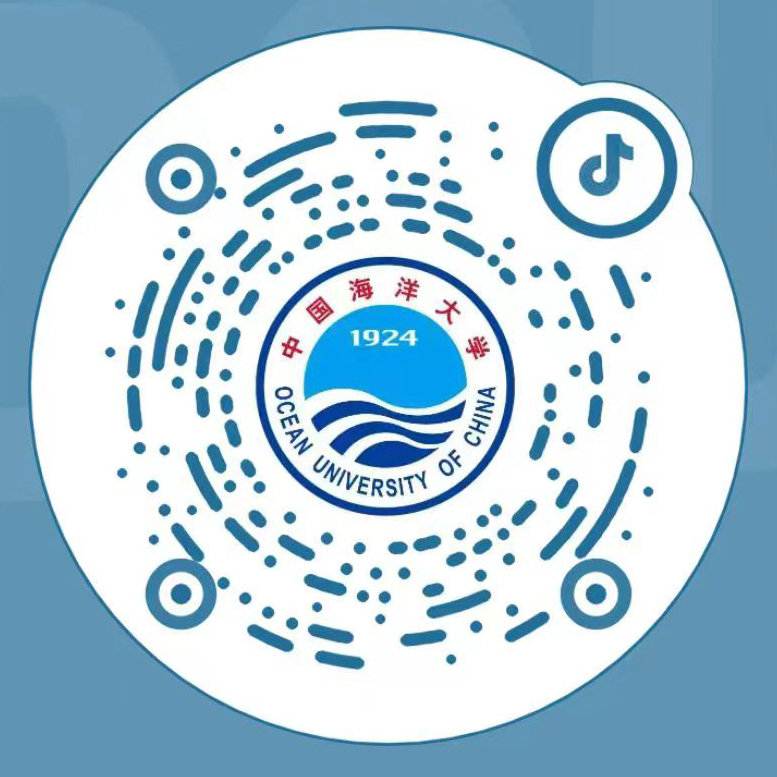一、主講人介紹:趙雁翔教授
鞠立力教授1995年畢業于武漢大學數學系獲數學學士學位,1998年在中國科學院計算數學與科學工程計算研究所獲得計算數學碩士學位,2002年在美國愛荷華州立大學獲得應用數學博士學位。2002-2004年在美國明尼蘇達大學數學與應用研究所從事博士后研究。隨后進入美國南卡羅萊納大學工作,歷任數學系助理教授(2004-2008),副教授(2008-2012),和教授(2013-現在)。主要從事偏微分方程數值方法與分析,非局部模型與算法,計算機視覺,深度學習算法,高性能科學計算,及其在材料與地球科學中的應用等方面的研究工作。至今已發表科研論文140多篇,Google學術引用5000多次。自2006年起連續主持了十多項由美國國家科學基金會和能源部資助的科研項目。2012至2017年擔任SIAM Journal on Numerical Analysis的副編輯,目前是JSC, NMPDE, NMTMA, AAMM等期刊的副編輯。與合作者關于合金微結構演化在“神威·太湖之光”超級計算機上的相場模擬工作入圍2016年國際高性能計算應用領域“戈登·貝爾”獎提名。
二、講座信息
The Allen-Cahn equation is a well-known stiff semilinear parabolic partial differential equation (PDE) used to describe the process of phase separation and transition in multi-component physical systems, while the conservative Allen-Cahn equation is a modified version of the classic Allen-Cahn equation that can additionally conserve the mass. As neural networks and deep learning techniques have achieved significant successes in recent years in scientific and engineering applications, there has been growing interest in developing deep learning algorithms for numerical solutions of PDEs. In this paper, we propose a deep learning method for predicting the dynamics of the classic and conservative Allen-Cahn equations. We design two types of convolutional neural network models, one for each of the Allen-Cahn equations, to learn the fully-discrete operators between two adjacent time steps. Specifically, the loss functions of the two models are defined using the residual of the fully-discrete systems, which result from applying the central finite difference discretization in space and the Crank–Nicolson approximation in time (second-order accurate in both time and space). This approach enables us to train the models without requiring any ground-truth data. Moreover, we introduce a novel training strategy that automatically generates useful samples along the time evolution to facilitate effective training of the models. Finally, we conduct extensive experiments in two and three dimensions to demonstrate the outstanding performance of our proposed method, including its dynamics prediction and generalization ability under different scenarios.
時間:2023年6月14日09:00-10:00
地點:數學院424會議室
歡迎大家積極參加!
中國海洋大學國際合作與交流處
數學科學學院
















